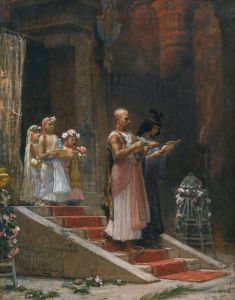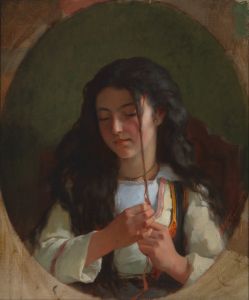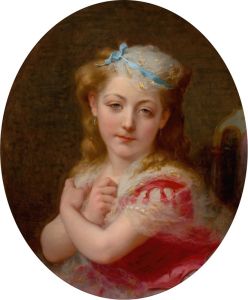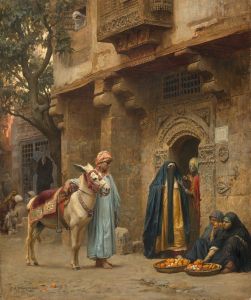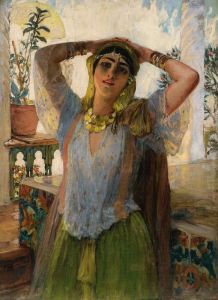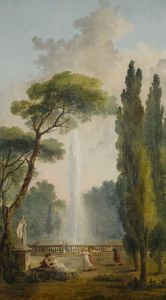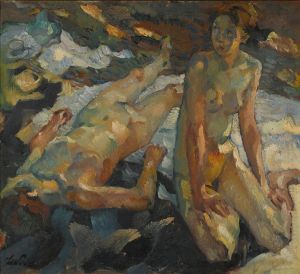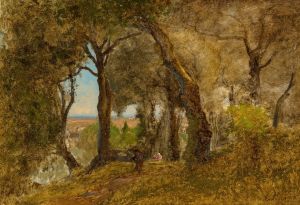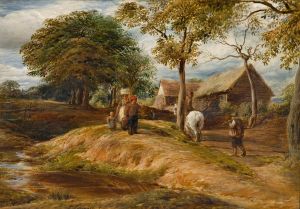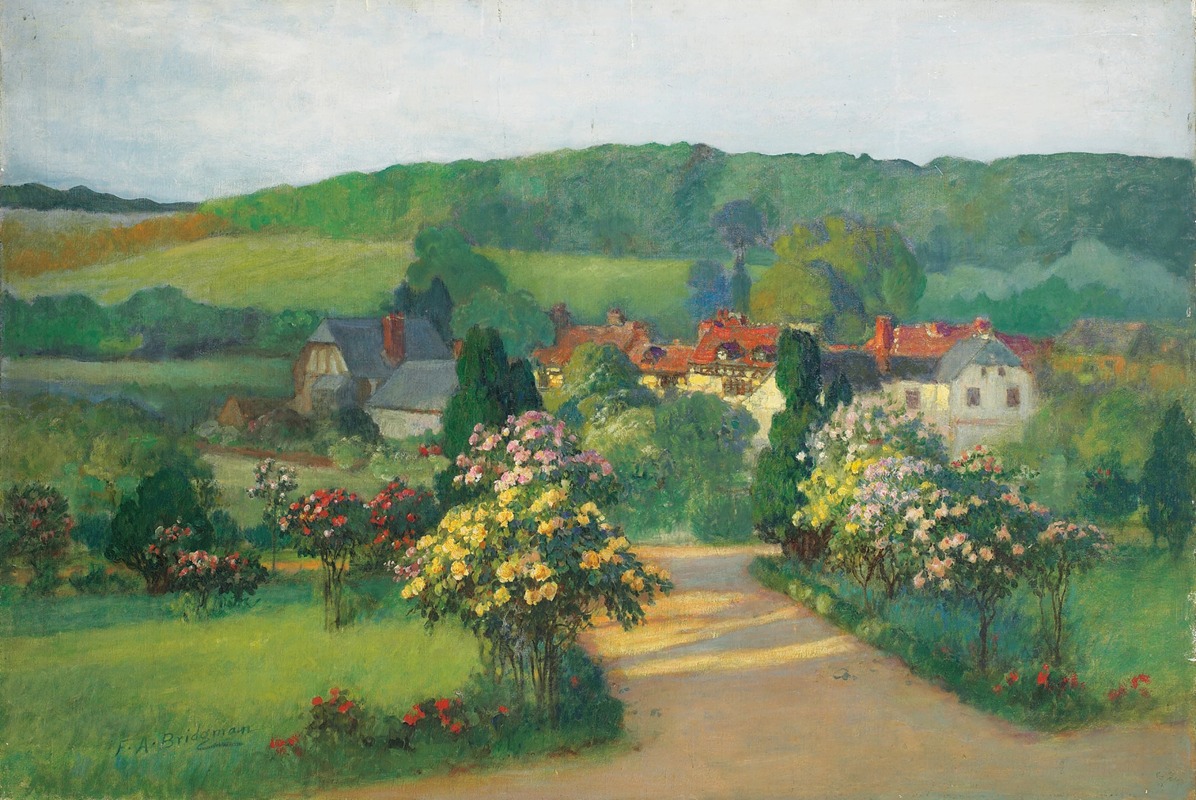
Jardin fleuri
A hand-painted replica of Frederick Arthur Bridgman’s masterpiece Jardin fleuri, meticulously crafted by professional artists to capture the true essence of the original. Each piece is created with museum-quality canvas and rare mineral pigments, carefully painted by experienced artists with delicate brushstrokes and rich, layered colors to perfectly recreate the texture of the original artwork. Unlike machine-printed reproductions, this hand-painted version brings the painting to life, infused with the artist’s emotions and skill in every stroke. Whether for personal collection or home decoration, it instantly elevates the artistic atmosphere of any space.
Frederick Arthur Bridgman was an American artist known for his detailed and vibrant depictions of Orientalist themes. Born in 1847 in Tuskegee, Alabama, Bridgman moved to Paris in 1866 to study art, where he became associated with the Orientalist movement, a genre that romanticized the cultures of North Africa and the Middle East. Bridgman was particularly renowned for his ability to capture the intricate details and vibrant colors of the scenes he depicted, often drawing from his extensive travels in the region.
"Jardin fleuri" is one of Bridgman's works that exemplifies his skill in portraying lush, exotic landscapes. While specific details about "Jardin fleuri" are scarce, it is consistent with Bridgman's style, which often included richly detailed settings filled with flora and fauna, reflecting his fascination with the natural beauty he encountered during his travels.
Bridgman's works are characterized by their meticulous attention to detail and their use of light and color to create a sense of warmth and vibrancy. In "Jardin fleuri," one can expect to find these elements, as Bridgman was known for his ability to bring scenes to life with his brushwork. His paintings often featured gardens, courtyards, and other outdoor settings, capturing the essence of the places he visited.
The Orientalist movement, of which Bridgman was a part, was popular in the 19th century and included artists who were inspired by the cultures and landscapes of the Middle East and North Africa. Bridgman's work was well-received during his lifetime, and he exhibited regularly at the Paris Salon, one of the most prestigious art exhibitions of the time. His paintings were praised for their authenticity and attention to detail, qualities that are likely present in "Jardin fleuri."
Bridgman's travels to regions such as Egypt and Algeria provided him with firsthand experiences that informed his art. He often sketched and painted scenes from life, capturing the vibrant colors and intricate patterns of the local architecture and clothing. This dedication to authenticity is a hallmark of his work and would be evident in "Jardin fleuri."
While specific exhibitions or collections featuring "Jardin fleuri" are not widely documented, Bridgman's works are held in various public and private collections around the world. His paintings continue to be appreciated for their beauty and historical significance, offering a glimpse into the 19th-century Western fascination with the East.
In summary, "Jardin fleuri" by Frederick Arthur Bridgman is a testament to the artist's skill in capturing the lush, vibrant landscapes that characterized the Orientalist movement. Bridgman's attention to detail and use of color make his works enduringly popular, and "Jardin fleuri" is likely no exception, reflecting the artist's passion for the exotic and the beautiful.






